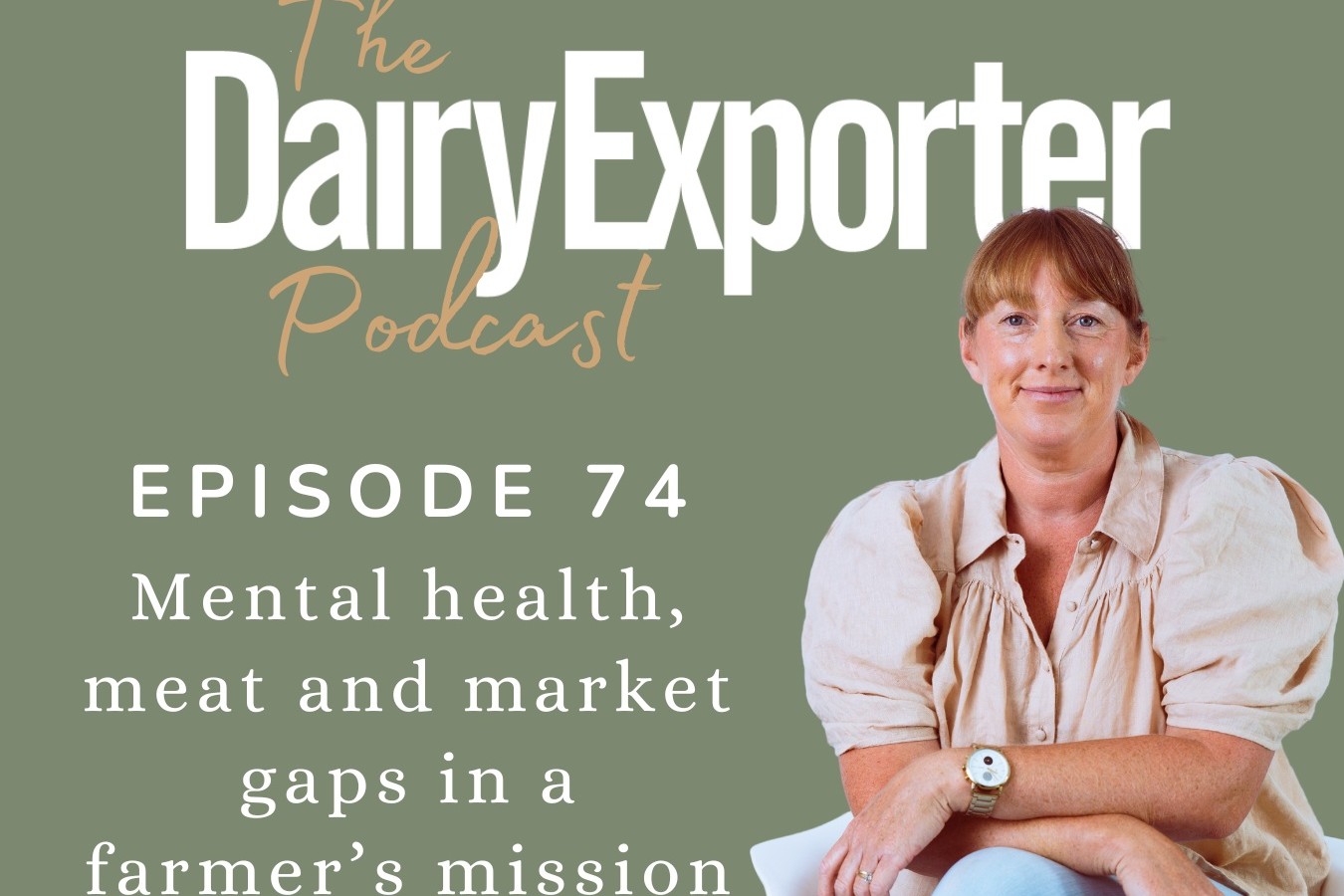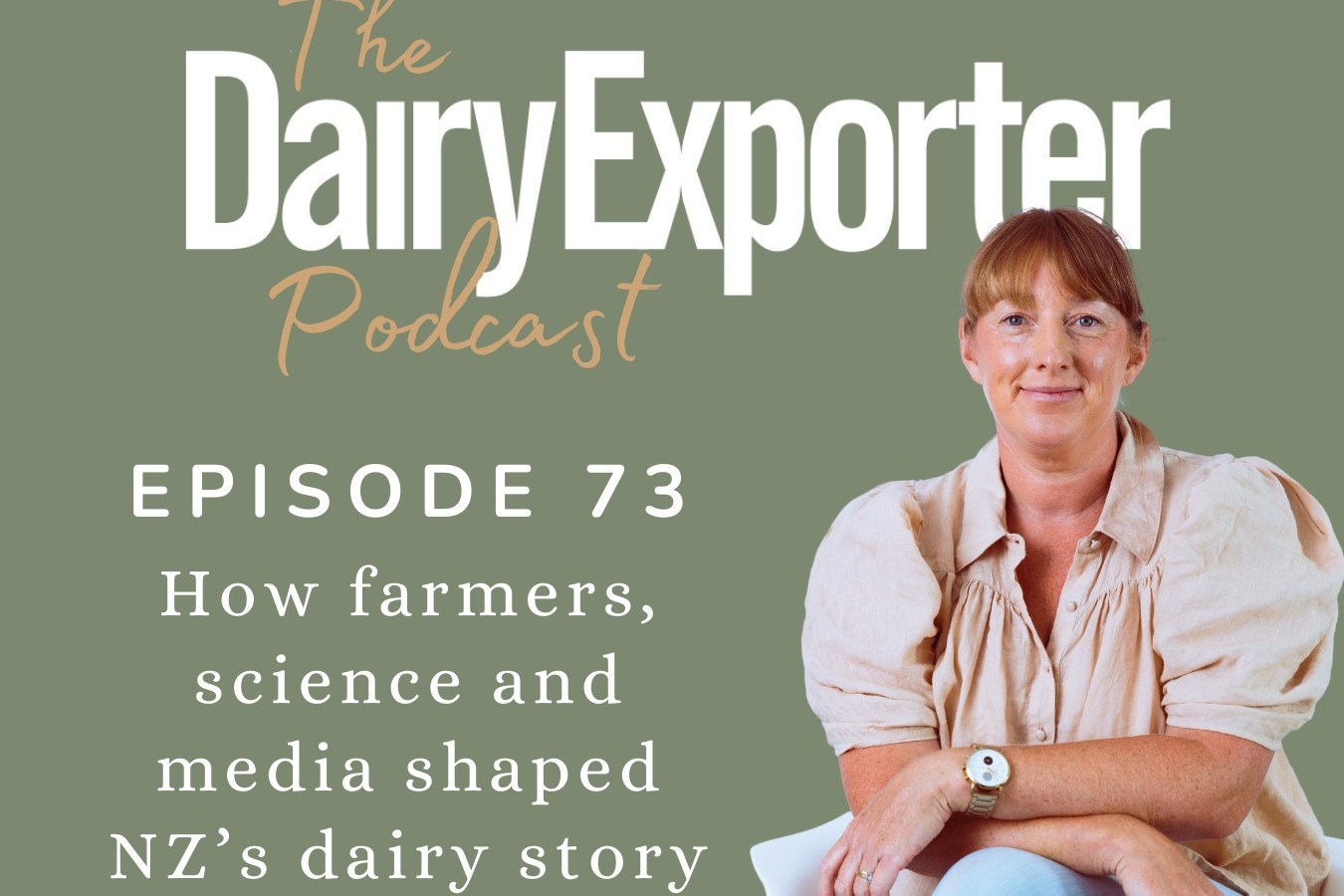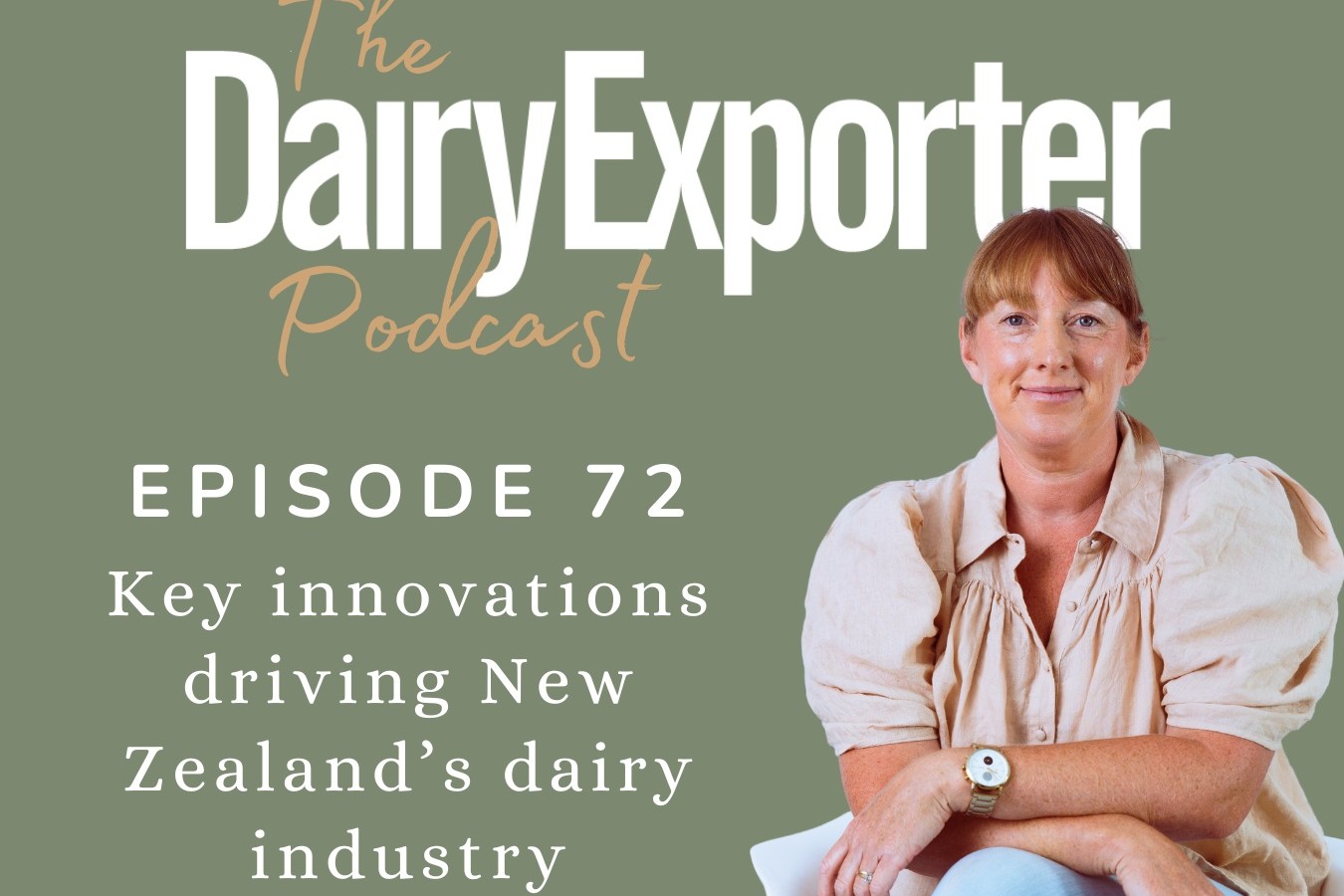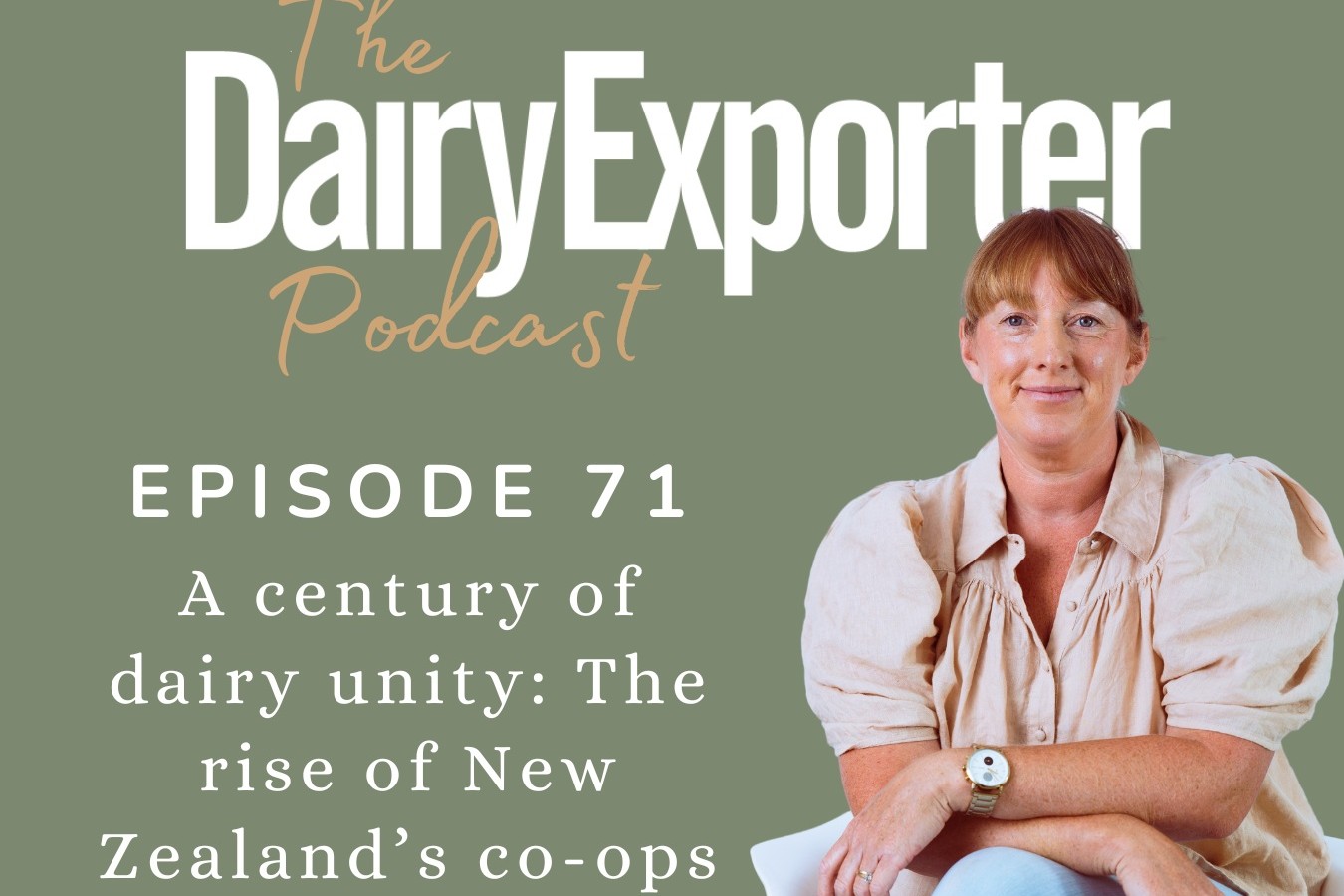Episode 63 – SIDE 2025 – Genetics, Growth & Game Changers
This episode showcases some of the highlights from the South Island Dairy Event (SIDE) 2025, held in Timaru in April. Jason Archer of Beef + Lamb NZ explains how beef genetics boost the value and sustainability of dairy-origin calves. Rebecca Furzeland shares insights from her large-scale calf rearing business focused on quality, health, and teamwork. Ryan Luckman draws on data from cow wearables on 100,000+ cows to share learnings you can apply to your farm system. Rosanne Megaw shares her and husband Eldon’s journey from contract milking to equity partnership and Glenn Jones wraps with reflections on SIDE 2025 and shares what’s coming for next year.
Guests:
- Jason Archer, Head of Genetics, Beef + Lamb NZ
- Rebecca Furzeland, Calf Rearer
- Ryan Luckman, CEO, Agvisory.NZ
- Rosanne Megaw, Dairy Farm Owner
- Glenn Jones, Governance Group Chair, SIDE
Hosts:
- Sheryl Haitana, Editor, Dairy Exporter
- Anne Lee, Deputy Editor, Dairy Exporter
With a background in animal genetics and innovation, Jason Archer is Head of Genetics at Beef + Lamb New Zealand, where he leads efforts to lift the value of dairy-origin calves through better use of beef genetics. Around 1.8 million surplus calves are born annually in New Zealand’s dairy sector, many with limited value or market potential. Jason highlights how countries like Ireland have successfully reduced bobby calf numbers by focusing on calf quality and introducing rearing standards that incentivise better breeding decisions.
Beef-on-dairy calves not only offer improved value for finishers but also have a lower carbon footprint, as emissions are partially allocated to milk production. Jason’s work through the Dairy Beef Progeny Test has supported the development of a new beef-on-dairy index and the nProve.nz platform. He advocates for using recorded genetics to improve calving ease, growth, and carcass traits, helping to align dairy and beef systems more effectively.
Rebecca Furzeland runs a specialist calf rearing and grazing operation with her husband Andrew near Methven, Canterbury. Since starting in 2013 with just 100 calves, they now rear around 3,000–3,500 annually across owned and leased land. Rebecca explains their dedicated approach, with a strong focus on quality, nutrition, rumen development, and health—particularly during transition periods.
Early engagement with dairy farmers is key. The Furzelands prioritise dam vaccinations, colostrum management, and FPT testing to ensure calves have strong passive immunity. Selection criteria include weight, health status, and vigour. They maintain detailed records and track performance by breed to identify trends and improve outcomes.
Challenges include biosecurity, rising costs, and ensuring year-round supply. Rebecca highlights the growing collaboration with dairy farmers around beef genetics and the increasing demand for breeds like Charolais. She’s committed to data-driven improvements and applying global insights to enhance New Zealand systems.
With a reputation for translating data into practical on-farm change, Ryan Luckman is known for his expertise in wearable technologies and their application in modern dairy systems. Speaking at SIDE, he drew on five years of large-scale data collected from over 100,000 cows to share insights that go far beyond just wearable users. His key message: success is driven by consistent 1% improvements, not silver bullets.
Ryan highlighted several practical areas where data has shifted advice—from the critical importance of calving second-lactation cows at a BCS of 5.5, to optimising transition feeding by meeting energy targets. He shared new thinking around heat detection, short gestation use, phantom scanning, and energy management using milk protein levels.
Together with farmer case studies, Ryan’s insights form a valuable checklist for performance review—helping farmers align management with proven data-driven outcomes.
Speaking at SIDE, Rosanne Megaw shared their journey—from contract milking to entering an equity partnership—all underpinned by a 589% increase in equity over just seven years.
Rather than focusing solely on spreadsheets and budgets, Rosanne emphasised four core drivers of their success: strong relationships, attention to detail, flexibility, and self-worth. Their approach blends disciplined financial management with a belief-driven mindset—asking “why not us?” and building wealth through property, managed funds, and other investments alongside farming.
The Megaws’ story offers more than inspiration—it’s a practical roadmap for progression, showing that with the right mindset and strategy, the path to ownership remains open and achievable.
Glenn Jones, Chair of this year’s SIDE committee, led a successful shift in both timing and location—bringing the conference to Timaru in April. The new format gave farmers the chance to step off farm during a quieter period and engage in practical, in-depth sessions. A key innovation was the streamlined workshop structure: just two workshops per day, each repeated, allowing for richer discussions and greater accessibility.
Highlights included Emma Twigg’s keynote on resilience and teamwork, Dr Alan Ford’s energetic session on leadership and productivity, and farmer-led workshops tackling mastitis and financial planning. The Mcgaws’ story of achieving farm ownership through “financial hygiene” particularly resonated.
BrightSIDE was also a standout, inspiring younger attendees with real stories from young farmers forging their own paths. For Glenn, the event’s value lies in connection and continual learning—reminding attendees that success is built through community, curiosity, and consistent effort. SIDE returns to Lincoln in 2026.





